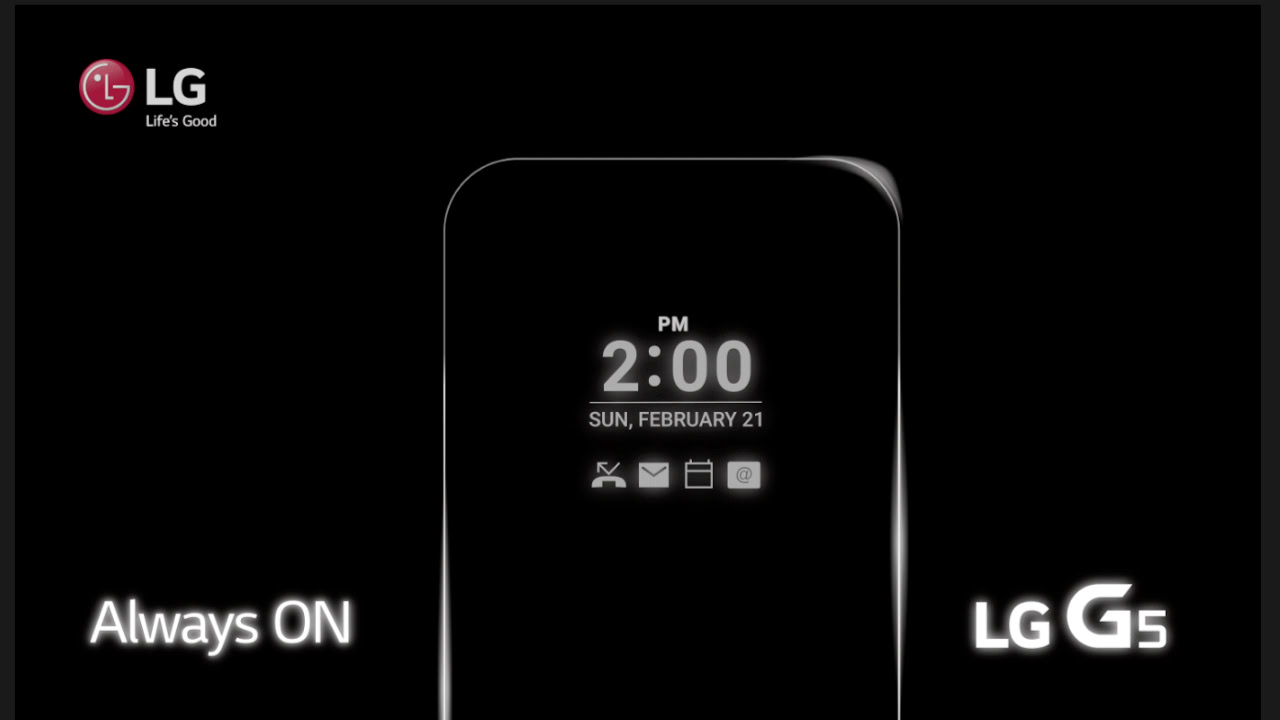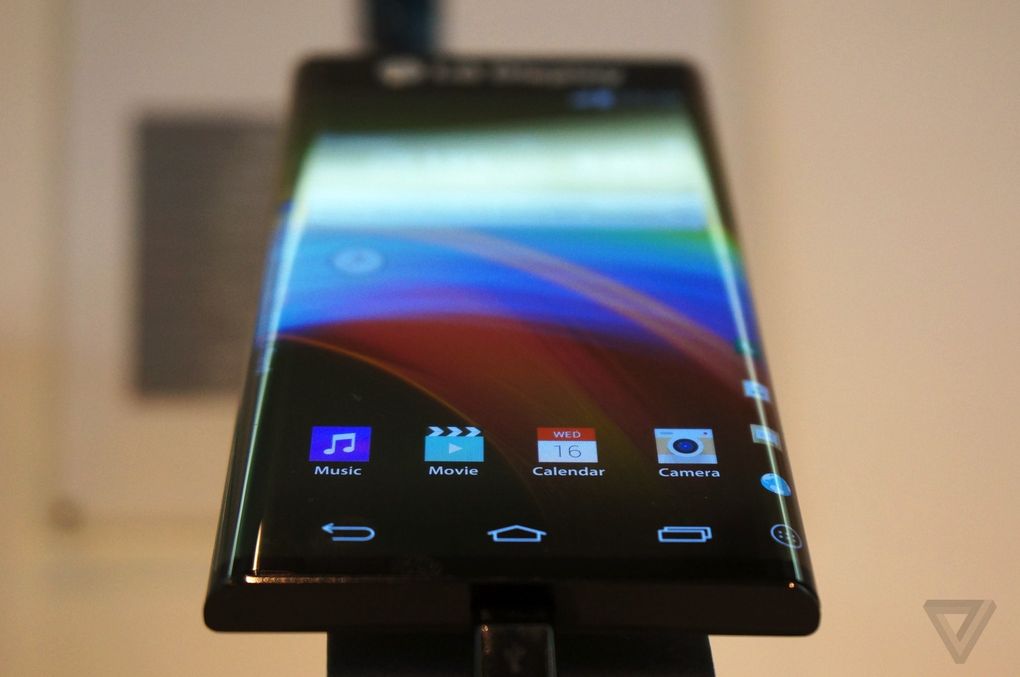Affiliate links on Android Authority may earn us a commission. Learn more.
LG Display Q1 2016: Profit down 95% YoY, but manages to beat forcasts

In the past few days, numbers have been flowing from Korean OEMs with respect to display panel profits. Yesterday we learned about Samsung’s plight as the colossal conglomerate struggles with LCD-based competitors in Taiwan. Today LG is in the news, and things aren’t looking much better, though the company did manage to surpass investor forecasts.
LG Display Co. Ltd announced its first quarter operating profit was 39.5 billion won, or roughly $34.43 million. This is a 95% decrease from the same period in 2015, and the poorest in the past four years. As Reuters reports, LG cites sluggish economic growth coupled with an overabundance of LCD supply.
Offering additional insight into the matter, LG reported that Q1 panel shipments by surface area declined 7.7% compared with Q4 2015, and the average selling price declined 17%. As a result, a larger priority was given to making larger sized displays (60 inches/152cm or greater) that allow for greater profit margins than their smaller siblings.
LG Display’s Chief Financial Officer, Don Kim, stated that:
Panel shipments in the second quarter of 2016 are expected to increase by a mid-single digit percentage compared to the first quarter.
It is expected that the coming months will see an increased number of large-display televisions purchased, especially following up to the 2016 Summer Olympics in Rio.
Display Dismay

With both Samsung and LG Display reporting sluggish LCD sales in the first quarter of the year, it stresses the urgency of a shift to EL panels to ensure a more diversified profit picture. Samsung in particular, has managed to capture a massive majority of the OLED market and stands to make a fortune should the reports regarding Apple’s purchasing plans pan out. This will also give Samsung a constant source of income for some time to come as any contract with Apple is no doubt subject to a number of consecutive years and large numbers.
LG meanwhile, has been focusing almost entirely on large-screen OLED displays while arguably neglecting smaller, smartphone sized screens. Both the G Flex and the G Flex 2 made use of curved EL panels, and LG has also used them not only in its three smartwatches but also supplied them to Apple for its Watch. Still, products like the recently released LG G5 are still using LCD technology which many have addressed in their reviews for the product. Unfortunately with LG’s smartphone sales being of an entirely different (read: lower) magnitude than Samsung’s, investing and producing costly small sized panels is not quite as simple as it might sound.
Wrap Up
It is clear that the established LCD display manufacturers of the world are facing increased challenges in a mature market. With keen competition from neighboring countries, especially Taiwan and China, there is arguably a pressing need for change.
What do you think?